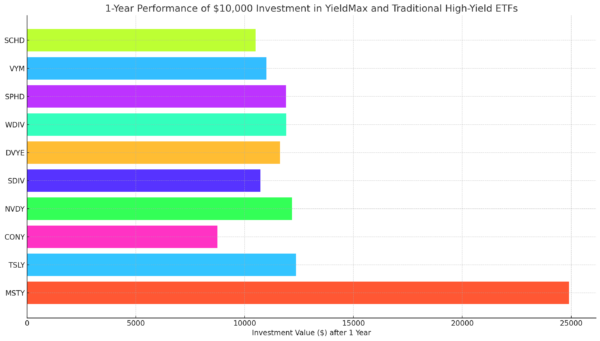Global Partners’ Dividend Safety: Can This 13.8% Yield Recover?
Today, Investment U’s Income Expert, Marc Lichtenfeld, takes a look at Global Partners’ dividend safety.
A Note From Chief Income Strategist Marc Lichtenfeld: Before we dive into today’s Safety Net, just a quick note to thank all of our veterans on this Veterans Day. I and everyone at Wealthy Retirement are deeply appreciative for all you have done. Thank you.
And now on to Safety Net…
A little more than a year ago, my colleague Kristin Orman wrote that the distribution of Global Partners (NYSE: GLP), a large owner of gas stations in the Northeast, could be in trouble if oil prices fell. At the time, the distribution’s safety was rated “D” – at a high risk of being cut.
(Global Partners is a partnership, so it pays a distribution instead of a dividend.)
Kristin was right. Global Partners cut its distribution by 25% in April. But since then, it has raised the distribution twice – almost back to the level where it was before it was reduced.
Global Partners owns 21 gas terminals and more than 1,500 gas stations, which fill 1 million gas tanks per day.
Now that Global Partners’ distribution is back to $0.50 per share quarterly, which comes out to $2 on an annual basis or 13.8% per year, can the company maintain that double-digit payout or do shareholders need to remain wary?
Last year, as oil prices fell, so did Global Partners’ distributable cash flow (DCF). In fact, it crashed 44%.
SafetyNet Pro does not like to see declining cash flow. And a 44% drop is particularly bad…
This year, DCF is forecast to rise a little bit, which is certainly good.
It is also encouraging to see that even the lower DCF can still cover the distribution.
Global Partners’ Dividend Safety Rating
Last year, Global Partners generated $95.7 million in DCF. This year, that total is expected to rise to $99.8 million. Meanwhile, the company paid out $76.6 million in distributions last year and is projected to pay $60.2 million this year. So DCF easily covers the distribution.
So should you consider the payout safe?
SafetyNet Pro doesn’t think so. While its DCF covers the distribution right now, Global Partners has a history of cutting the distribution when things get tough.
With cuts in 2016 and 2020, it’s clear that management will cut the distribution when necessary. The huge drop in DCF last year also hurts the safety rating.
If Global Partners can boost DCF by a meaningful amount next year, it could get an upgrade. Until then, however, the distribution has to be considered at risk of being cut if DCF slips again.
Dividend Safety Rating: D
Global Partners’ dividend safety is at a high risk of being cut. But a DCF rebound in early 2021 could give this dividend a boost going forward. While it isn’t very safe at the moment, the tide could quickly turn over the next year.
You can discover the next big dividend trend before it hits. For the latest market insights, be sure to sign up for the Wealthy Retirement e-letter below. This FREE e-letter provides expert analysis on blue chips, hidden gems and everything in between.
About Marc Lichtenfeld
Marc Lichtenfeld is the Chief Income Strategist of Investment U’s publisher, The Oxford Club. He has more than three decades of experience in the market and a dedicated following of more than 500,000 investors.
After getting his start on the trading desk at Carlin Equities, he moved over to Avalon Research Group as a senior analyst. Over the years, Marc’s commentary has appeared in The Wall Street Journal, Barron’s and U.S. News & World Report, among other outlets. Prior to joining The Oxford Club, he was a senior columnist at Jim Cramer’s TheStreet. Today, he is a sought-after media guest who has appeared on CNBC, Fox Business and Yahoo Finance.
Marc shares his financial advice via The Oxford Club’s free daily e-letter called Wealthy Retirement and a monthly, income-focused newsletter called The Oxford Income Letter. He also runs four subscription-based trading services: Technical Pattern Profits, Penny Options Trader, Oxford Bond Advantage and Predictive Profits.
His first book, Get Rich with Dividends: A Proven System for Earning Double-Digit Returns, achieved bestseller status shortly after its release in 2012, and the second edition was named the 2018 Book of the Year by the Institute for Financial Literacy. It has been published in four languages. In early 2018, Marc released his second book, You Don’t Have to Drive an Uber in Retirement: How to Maintain Your Lifestyle without Getting a Job or Cutting Corners, which hit No. 1 on Amazon’s bestseller list. It was named the 2019 Book of the Year by the Institute for Financial Literacy.








